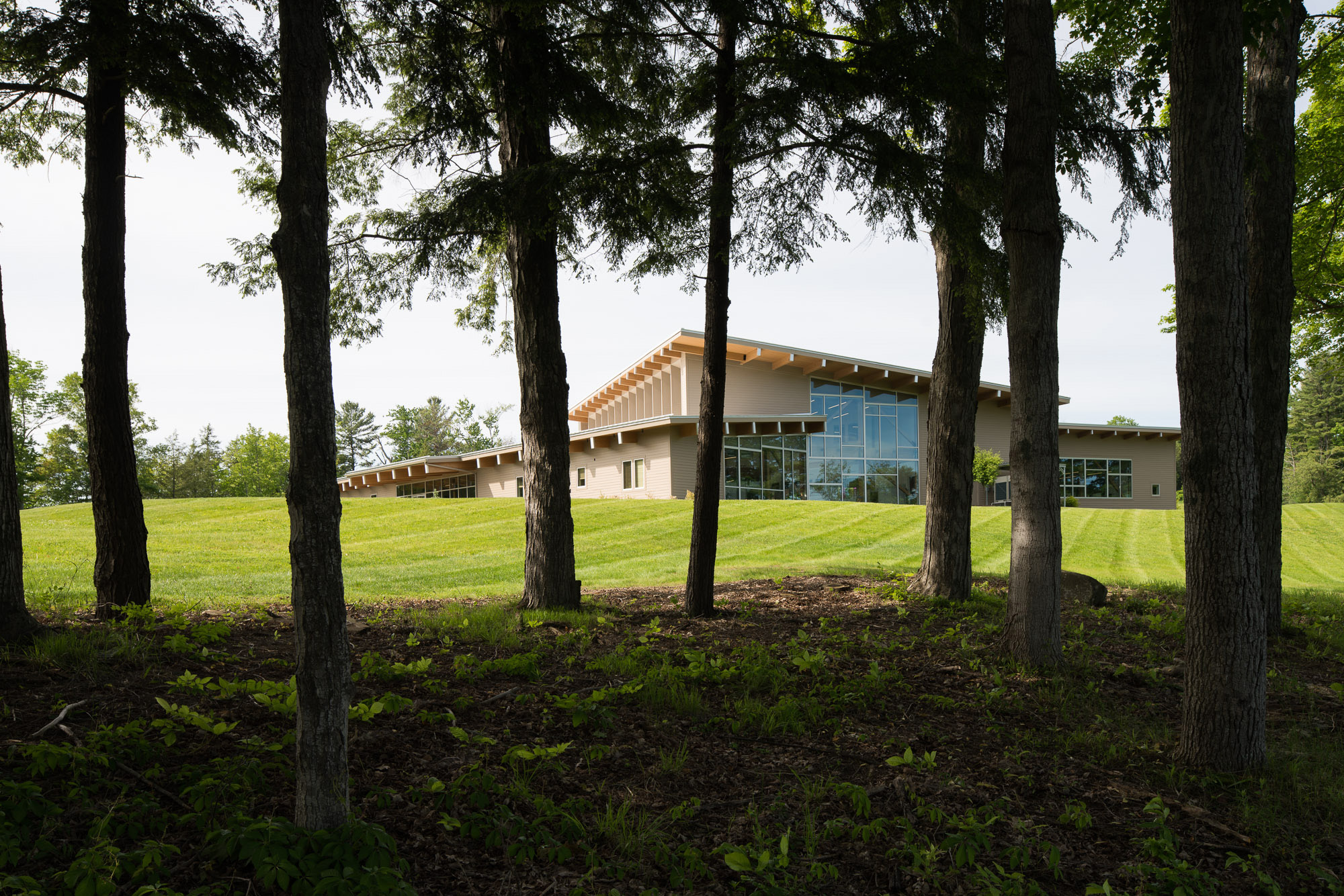
Yesterday in Buenos Aires, we had another out of this world architectural experience. This time, it was at the Chacarita Cemetery. In our travels, we enjoy visiting cemeteries, given their very pure layouts and designs.
After you enter thru a very well done neoclassical building, you are deposited in sectors of mausoleums, which were built in the late 1800s. This section of the cemetery is a design wonder in and of itself. Each mausoleum tries to outdo the other. Our joke was that the best way to take it with you is to build yourself an expensive burial chamber designed to out do the ones next to you.
Then you see what at first glance appears to be a vast, open plane, with low modernist structures and elements dotting the landscape.
As you start to traverse this plane, you realize that there are multiple levels of burial crypts below. This is what is called the Pantheon. This was built in the early 1940s. Long, rectangular openings are cut into the plane, which bring light into the levels below. You descend staircases, which allow you to then wander thru the vast lower levels. It is a very powerful architectural expression and experience. It is as if the visual world has been reduced to nothing but mass and light. It is pure archetype. We spent nearly 2 hours in fascinated exploration.

As we researched the history of the cemetery that afternoon, we realized that the Pantheon was designed by a woman, architect Itala Fulvia Villa. This was another stunning realization. She was Argentina’s first female architect. Based on our research so far, it seems that she studied with LeCorbusier.
Our photos do not, of course, capture in any way the profound experience that the cemetery induces. The website titled Sexto Panteon has very nice aerial views, with an aerial video. It also has floor plans and sections, as well as interesting features such as descriptions of some of the caretakers of the Pantheon.
After an experience like this, you wonder why a design with this power is not included in the run of the mill architectural history books that they tell you to read in school. Our predisposition to worship culturally approved icons, I guess, precludes excellent pieces like this.
We have had similar revelatory experiences in cemeteries. The Poblenou Cemetery in Barcelona is an experience unto itself, with the above ground burial niches extending to what appears to be infinity.
